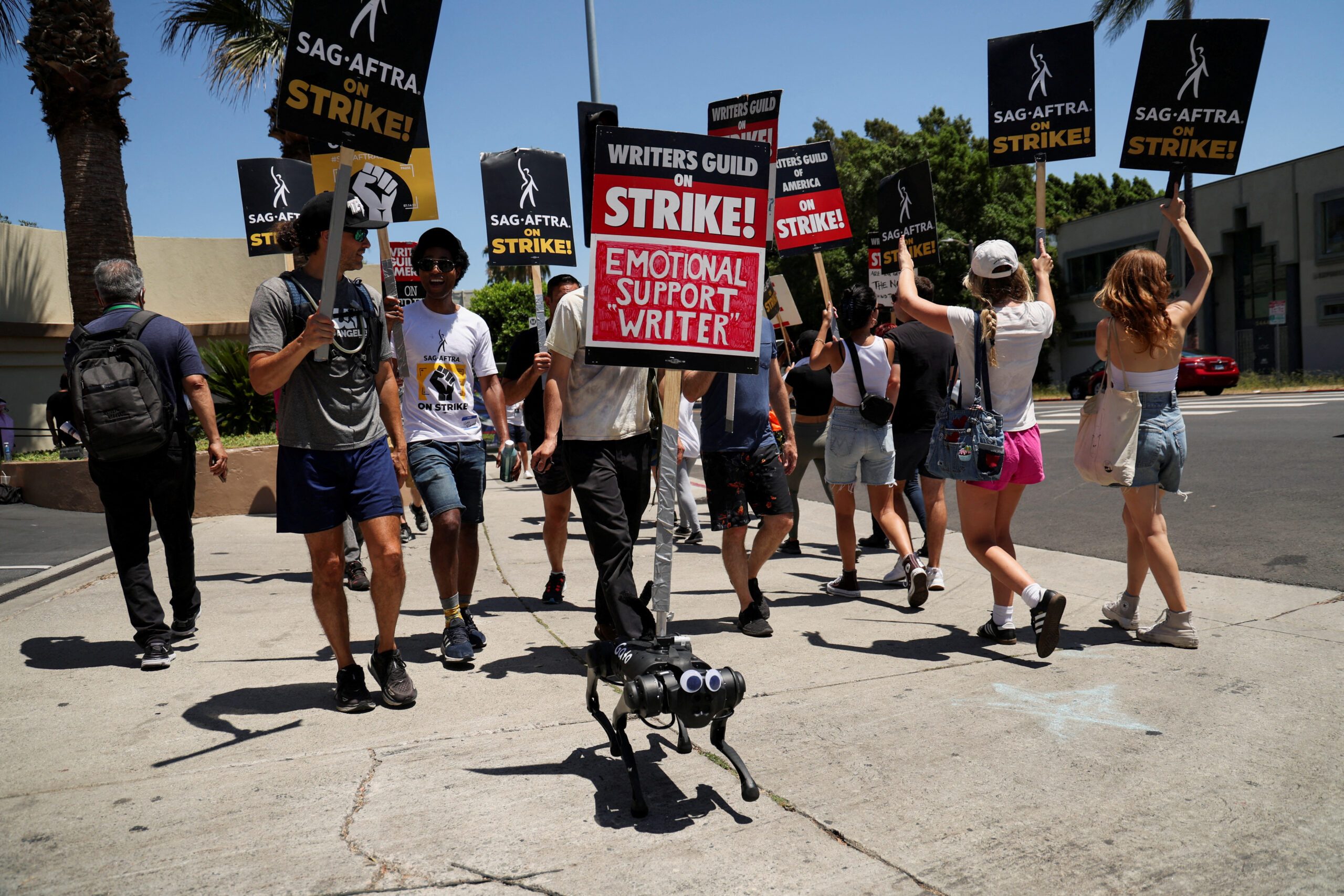As the landscape of Hollywood continues to evolve, the ongoing dialogue between studios and striking writers has reached a critical juncture. After months of intense negotiations, both parties are signaling a willingness to return to the bargaining table, illuminating a profound sociocultural dynamic at play. The strife has ignited discussions not only about wages and working conditions but also about the broader implications for creativity and artistic freedom in an era increasingly dominated by streaming services and globalized content consumption.
The writers’ strike encapsulates a significant moment. It reflects a growing unease among creatives regarding their compensation in an industry that profits immensely from their intellectual labor. Concerns regarding residuals, health benefits, and job security have taken center stage, as writers contend that the rapid growth of digital platforms has not translated into equitable financial rewards. There is, however, an undercurrent that feeds into this strike; it is about the very essence of storytelling and who has the authority to narrate the cultural zeitgeist.
Moreover, the relationship between writers and studios has historically been fraught with tensions. This ongoing strike is not merely an isolated event. It resonates with a long history of labor disputes in Hollywood, where artistic vision is often placed in direct opposition to capitalist interests. Writers, the architects of the narratives that define popular culture, find themselves grappling with the realities of monetization and intellectual property—issues that penetrate far deeper than mere monetary compensation.
As the two sides prepare to reconvene for negotiations, there is cautious optimism that a resolution is on the horizon. The studios, facing pressure from consumers who are eager to see fresh content, recognize the necessity of maintaining goodwill with the very individuals who breathe life into their productions. Writers, on the other hand, must navigate the precarious balance between asserting their rights and ensuring the sustainability of the industry they cherish.
The fascination with this struggle lies not only in the spectacle of the strike itself but also in the philosophical questions it raises about art, labor, and economic fairness. Cultural artifacts are not produced in a vacuum, but rather are the product of complex collaborations between myriad stakeholders. Thus, the stakes of this conflict reach beyond the immediate financial ramifications; they reflect a broader quest for identity and recognition in a world where voices can often be drowned out by the clamor of profitability.
In this context, it is imperative for both writers and studios to chart a path towards reconciliation that honors the contributions of each party. Such a collaboration could lay the groundwork for a rejuvenated industry, one in which artistic integrity coexists with commercial viability. The outcome of this negotiation is yet to be seen, but its implications will undoubtedly echo throughout Hollywood and beyond for years to come.
